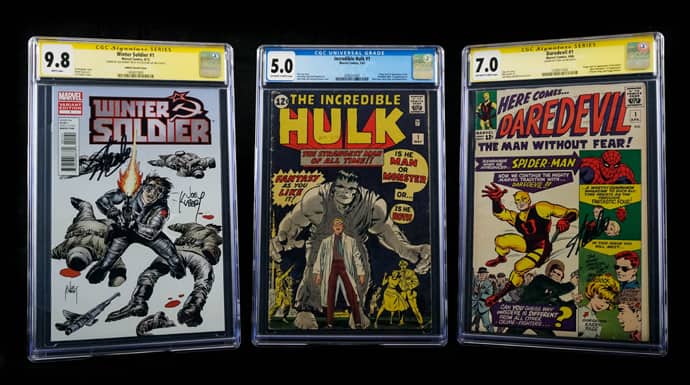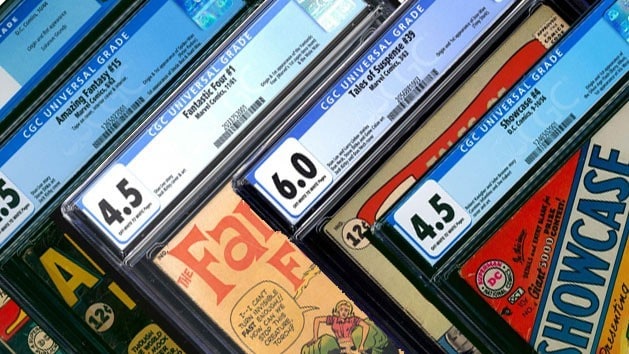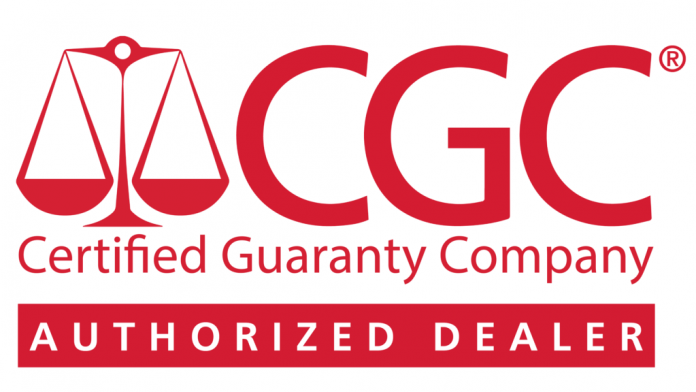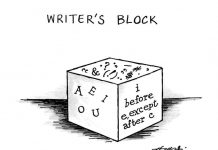The Certified Guaranty Company grades comics on a 10-point scale. The CGC reliably grades and seals comics sent to it, though the process isn’t worthwhile for all comics.
For much of their history, comic books were deemed cheap publications hardly worth keeping. But as appreciation for comic books as collectors’ items grew in the mid-twentieth century, systems of grading comics emerged.
It wasn’t until the 1990s that a comprehensive scale was developed to determine the objective condition of specific comic books. Then the need arose for an independent authority to use it in grading comic books – the Certified Guaranty Company.
The Creation of the Certified Guaranty Company

The Certified Guaranty Company, or CGC, is a part of the Certified Collectibles Group, which grades collectibles like stamps, coins, and paper currency. The CGC was formed in January 2000, consulting with leaders in the comic-collecting world to assemble impartial and talented graders.
In addition to streamlining grading standards to the current 10-point scale, the CGC developed holders for comics which would be trustworthy and safe for archiving. It was determined best to encapsulate individual comics in a soft inner well, which is then sealed in a hard plastic case that is tamper-evident and ridged for easy storage.
How the CGC Grades and Encapsulates Comic Books

Most CGC comics are graded at the company’s headquarters in Florida. When comics are received for grading, they are sorted, computer-indexed, and given a preliminary inspection, which includes a specific check for signs of restoration.
Next, two graders independently evaluate each comic, checking for factors which decrease the comic’s grade. Once these have completed their inspection, a “Grading Finalizer” evaluates the book, compares the previous graders’ notes, and assigns a final score.
After grading, comics are sent to CGC’s Encapsulation department, where they are sealed in gas-impermeable shells – a process nicknamed “slabbing.” Included inside each comic’s case is a color-coded label, which shows the grade, notable features, and pedigree of the comic. A barcode and CGC identification number are also displayed, for added security.
In addition to grading comics at CGC headquarters, CGC graders travel to various comic conventions across the United States and do on-the-spot grading. When comics are signed by writers and artists at these events, the CGC will also certify that the signature is genuine.
Should All Comics Be Graded by the CGC?

CGC grading and certification has a number of obvious advantages. It gives collectors greater assurance of the condition of rare comics they buy, especially when they are purchased through the mail or online. The CGC’s encapsulation process also ensures that comics will stay well protected.
CGC certification is expensive, however – at least $20 per book, or much more, depending on value and desired turnaround speed. Certification is not worthwhile for comics of moderate or low value, even if they are in good condition. Also, once a comic book is graded by the CGC, it cannot be opened up and read again without tampering with CGC’s seal and voiding the certification. There has also been some controversy over how the CGC grades restored comic books.
Nevertheless, CGC grading is a useful standard for comics collectors, and represents an improvement on past certification techniques. More and more CGC-certified comics are coming on the market. Even if they choose to keep their comics in traditional bags and boards, collectors should be aware of the Certified Guaranty Company and its methods.


















